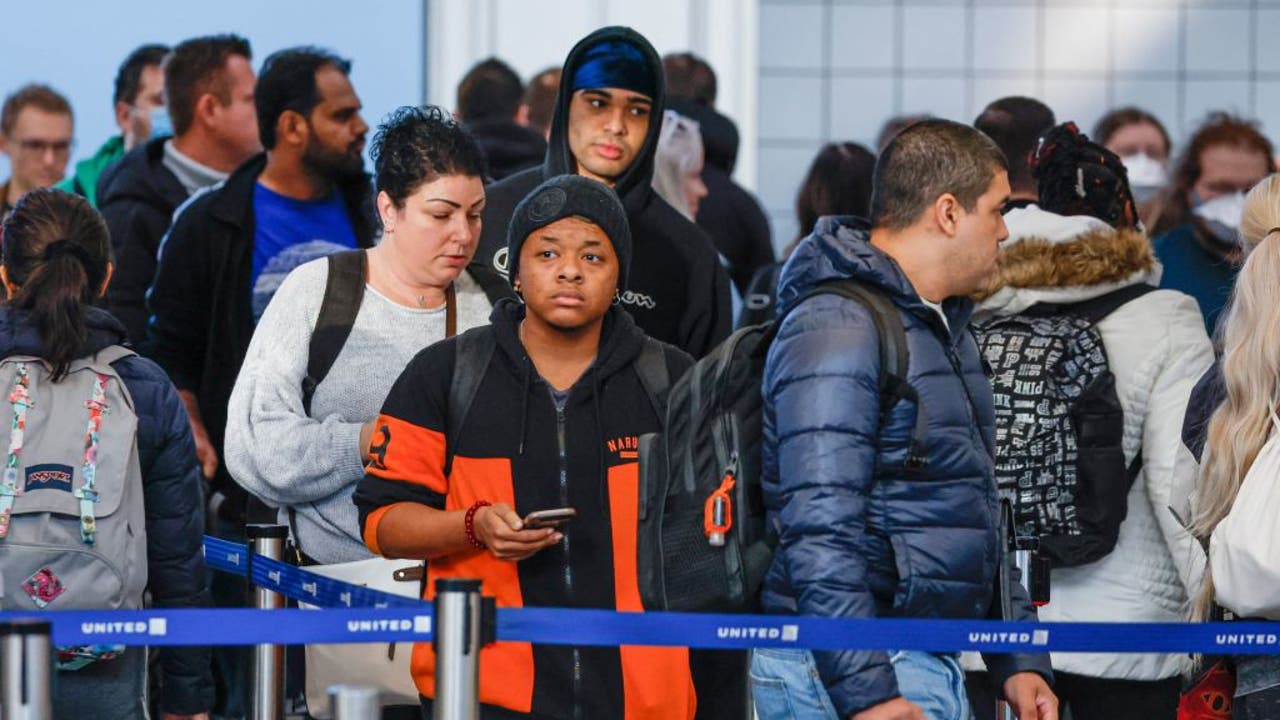Fitness
Why low-price gyms like Crunch and EoS Fitness are growing while others file for bankruptcy

In an environment where consumers are especially cautious with their spending, some gym chains focused on keeping prices low have seen incredible growth in foot traffic while they continue to expand nationally.
Foot traffic at gyms grew 6% from the second quarter of 2023 to 2024, while overall retail visits rose 4.2%, according to Placer.ai, a platform measuring cell phone location data. EoS Fitness and Crunch Fitness’ foot traffic increased the most: 23.4% and 21.4%, respectively, after also seeing big gains in the first quarter. Both chains are in the midst of expansion: Crunch plans to open at least one new location every week this year and plans to exceed that next year, while EoS has opened about 25 new locations since April 2023.
Crunch and EoS are among the gym chains known for affordability. They have membership plans beginning at $9.99 per month and offer additional benefits in higher price tiers, such as classes and unlimited guest access.
“Clearly folks are looking for ways to get more value for their buck,” Crunch president Chequan Lewis told Modern Retail. “It’s a real relief and a real breath of fresh air for people who see costs going up for everything else and not the same quality increase like we’re offering at Crunch.” Lewis, previously chief operating officer and chief equity officer for Pizza Hut, joined Crunch in February. “One of the pieces of the Crunch story that was attractive to me was where the growth was headed,” he said.
Crunch serves more than 2.7 million members at more than 460 gyms worldwide. Lewis declined to share specific figures but said unit count and memberships have been growing steadily since 2010, even through Covid. “People are going into Crunch and getting an experience you can only get at Crunch, at a value that you only get at Crunch,” Lewis said. “And they’re saying, ‘Hey, we want more of that,’ and that’s allowing us to continue to replicate our model. And so, what you’re seeing is people not only honoring their development agreements in terms of our franchisees, but a lot of institutional capital coming in to support those franchisees as well, because it’s such an investable proposition.”
Memberships at fitness facilities overall increased 4% to 68.9 million people from 2021 to 2022, surpassing pre-pandemic levels, according to the most recent report from the Health & Fitness Association. The most popular fitness activities were yoga, swimming and high-intensity interval training.
“I think the motivation of coming to [fitness] clubs now, post-Covid, has been partly driven by the sense of wanting community; in some cases, wanting things they can’t do at home, and activities or equipment or classes or services that they can’t do at home,” said Rick Caro of Management Vision, a fitness industry consultant. “We have more stickiness and more traffic than we’ve ever had before.”
But higher costs to build out gyms could make it difficult for “high-value, low-price” chains, as they’re called in the industry, to deliver on that promise. Planet Fitness increased its base membership for the first time in more than two decades from $10 to $15 per month, which was first announced in May, while Crunch remains at the lower price point.
One analyst noted on a conference call with executives how odd it was for Planet Fitness to increase prices while consumers are watching their spending. In response, then-interim Planet Fitness CEO Craig Benson said companies in every industry were changing their prices. “It is not going to come as a shock to anybody that we are moving a price that’s been in effect for a long, long time, 25 years,” he said, adding that the new price was tested and successful in multiple markets.
Many gyms struggled since the pandemic lockdowns, even after they were allowed to reopen. About 25% of all facilities that were open in March 2020 were permanently closed by the end of 2021, according to Caro, who said he did a study of data from payment processing companies. He said some had promised their landlords they would be able to pay normal rent once they reopened and weren’t able to.
Blink Fitness, a low-price gym chain part of Equinox, just filed for Chapter 11 bankruptcy protection and said it received a commitment of $21 million in new financing from existing lenders. Another gym chain, New York Sports Club, filed for bankruptcy in 2020 as it reported up to $1 billion in debt and stopped paying rent.
Caro said clubs that were reliant on workers coming from offices to the gym, especially in central business districts, have not come back fully or substantially, as many have switched to three days a week in the office. This may have been an issue for Blink, which has many locations in Manhattan, for example.
“Some of them literally were in great locations, but were paying high rent because they were in premium central business district locations,” Caro said. “Many of those were endangered species and are still struggling to work out things with landlords, etc.”
Lewis said to succeed in the space, chains need to exceed people’s expectations, and that Crunch does this through offerings such as turf zones for high-intensity interval training, personal trainers and group fitness classes.
“This low-price space is one where a lot of people are playing the game on the basis of the price point only,” he said. “I believe that we have redefined, and are in the process of continuing to redefine the relationship between value and price, and when you get that right, it really resonates with people.”









